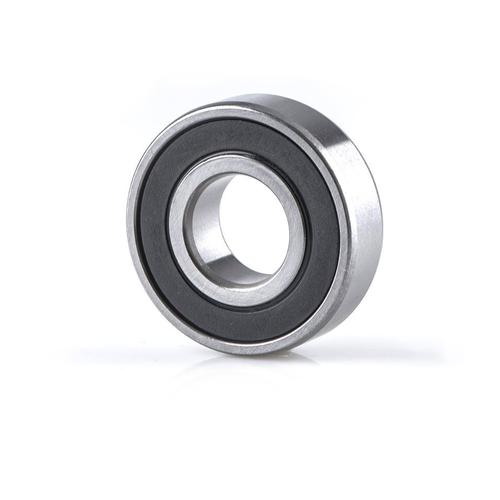A Comprehensive Guide to Types of Bearings in Mechanical Engineering: Features, Applications, and Selection Tips
Bearings are critical components in mechanical systems, reducing friction between moving parts and ensuring efficient operation. Common types include ball bearings, roller bearings, plain bearings, and specialized variants like thrust or tapered bearings. This guide explores their unique designs, industrial applications, and selection criteria.
Table of Contents
1. Ball Bearings vs Roller Bearings2. Applications of Thrust Bearings
3. Tapered Roller Bearing Advantages
4. Hydrodynamic Plain Bearings
5. Bearing Material Selection Guide
1. Ball Bearings vs Roller Bearings

Ball bearings utilize spherical rolling elements to handle radial and axial loads with minimal friction. Ideal for high-speed applications like electric motors, they offer smooth operation but limited load capacity. Roller bearings employ cylindrical or tapered rollers, excelling in heavy-load scenarios such as conveyor systems. Key differences include contact area (point vs line contact) and speed/load trade-offs. Hybrid designs combine benefits for specialized industrial needs.
2. Applications of Thrust Bearings
Thrust bearings manage axial loads in rotating assemblies. Common in automotive transmissions and helicopter rotors, they prevent shaft displacement under intense pressure. The three primary types—ball thrust, roller thrust, and fluid dynamic—serve distinct purposes. Ball thrust bearings handle moderate axial loads at high speeds, while tapered roller variants support heavy machinery. Proper lubrication and alignment are crucial for preventing premature wear in these directional load specialists.
3. Tapered Roller Bearing Advantages
Tapered roller bearings uniquely handle combined radial and axial loads through angled roller geometry. Widely used in vehicle wheel hubs and gearboxes, their design allows precise load distribution adjustment. Benefits include extended service life, temperature resistance, and customizable preloading. Regular maintenance involving proper grease selection and contamination prevention maximizes their performance in harsh industrial environments.
4. Hydrodynamic Plain Bearings
Hydrodynamic bearings operate without rolling elements, using lubricant pressure to separate surfaces. Common in turbines and large engines, they excel in high-load, low-speed applications. The self-lubricating design eliminates metal-to-metal contact, offering silent operation and shock absorption. Material selection (babbitt, bronze, or polymers) depends on operating conditions, with modern composites enhancing wear resistance and thermal stability.
5. Bearing Material Selection Guide
Bearing materials directly impact performance and longevity. Chrome steel remains standard for general use, while stainless steel resists corrosion in marine applications. Ceramic hybrids reduce weight and electrical conductivity in aerospace systems. Polymer bearings suit food-grade environments, and bronze bushings handle high temperatures. Surface treatments like nitride hardening or PTFE coatings further enhance durability and friction properties.
Understanding bearing types is crucial for mechanical system optimization. From high-speed ball bearings to heavy-duty tapered rollers, each variant addresses specific engineering challenges. Material innovations and lubrication advancements continue expanding their capabilities. For professionals designing or maintaining machinery, recognizing these differences ensures proper selection, reduces downtime, and improves operational efficiency across industries.
Whether optimizing automotive transmissions or industrial turbines, bearing knowledge directly impacts mechanical performance. Explore our detailed sections above to match your application requirements with the ideal bearing type, considering factors like load direction, rotational speed, and environmental conditions. Implement best maintenance practices to maximize bearing lifespan and system reliability.
Conclusion
This guide has examined five critical aspects of mechanical bearings, from functional comparisons to material science. Proper bearing selection and maintenance significantly influence machinery efficiency and longevity. Stay informed about technological advancements in bearing design to maintain competitive edge in mechanical engineering projects. Always consult technical specifications and industry standards when implementing bearing solutions.




 13869596835
13869596835